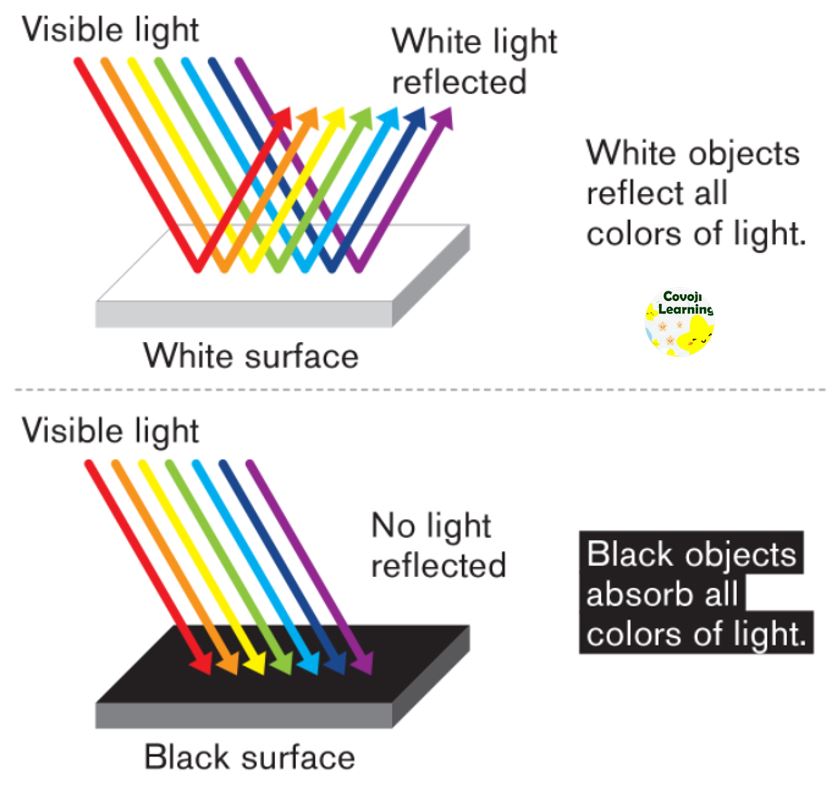
Why milk is white? Milk is composed of approximately 87% water, which is colorless, and 13% of other components such as fat, protein, lactose, minerals and vitamins that influence the color of milk. The fat and protein molecules in the milk don’t absorb color. They reflect all wavelengths of visible light that makes milk appear white. If we remove some of the fat from the milk, it would give the milk a different color because of the wavelengths the light is reflecting back to our eyes. That is why skim milk has a bluish tinge.
Many different waves of light bean down on the objects. Each wave with different frequency. When the light wave strikes an object it can absorb, reflect or transmit the colors. White objects reflect all light wavelengths and absorb none. If all wavelengths of light are absorbed and not reflected, the object appear black.

Don’t forget to follow us on Facebook, Instagram, Twitter and Pinterest.



0 Comments